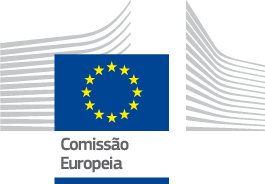
FARNET
Fisheries Areas Network

FLAGs are partnerships between fisheries actors and other local private and public stakeholders. Together, they design and implement a local development strategy to address their area´s needs be they economic, social and/or environmental. Based on their strategy, the FLAGs select and provide funding to local projects that contribute to local development in their areas, involving thousands of local stakeholders.